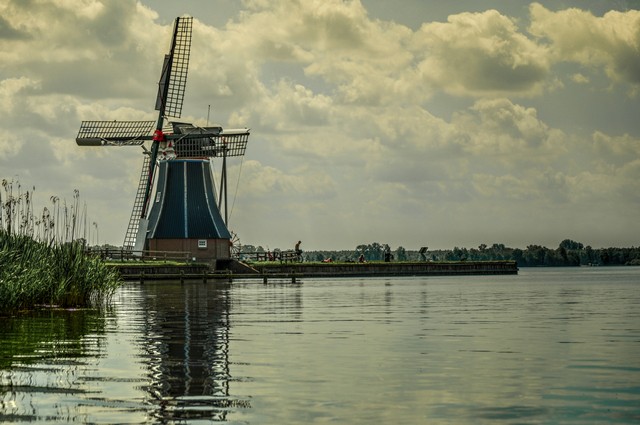What do Wooden Shoes, Delft Blue, Girl with the pearl and the bookcase of Hugo de Groot say about the Netherlands and the Dutch? Presenter Jort Kelder looks for what defines us Dutch. That which says the most about our history. And that which connects us the most during the Election “The showpiece of the Netherlands”.
The clog
The clog is, in addition to cheese and weed, one of the most famous icons of our country. Few tourists leave the Netherlands without a wooden souvenir. Yet almost no one is wearing clogs. And that while it was not so long ago that we walked en masse on this wooden footwear.
History
In 1925 there were about 4,000 clog makers in the Netherlands. In 1950, this number had already more than halved. At present there are only twelve clog factories left and there are an estimated five craftsmen who still make clogs by hand. These are often models that can not be manufactured by a machine. They also manually apply cutting and painting work. Each wooden shoe maker had his own model and used his own colors (as a kind of signature). That is why there are so many different models of clogs.
Made of willow and poplar
Wooden shoes are preferably made of wood from the willow and poplar. These trees grow quickly, making the wood soft and light and therefore easy to work. Until about 1920 the clogs were not painted. Work clogs remained completely unprocessed. Sunday clogs were smoothed and decorated with carving. This so-called zipper was different in every region. After 1920, the clogs began to be painted. Clogs that were worn on clay soil were mostly painted black and clogs that were worn on sandy soil yellow. At the top, often dots were painted, as if there were fat holes in the clog. Probably this was done to make the wooden bodies look like shoes as much as possible.


